Spice Up Your Banh Mi: 5 Surprising Sauces You Need to Try
Banh mi is a culinary love letter from Vietnam — part French baguette, part Southeast Asian street food genius. But what really makes this sandwich sing? You guessed it — the banh mi sauce. Traditionally mayonnaise-based with a hint of chili or hoisin, it's often overlooked in favor of the fillings. Big mistake.
In this article, we're turning that creamy condiment on its head. We'll explore five unexpected yet utterly delicious twists on the classic banh mi sauce recipe, each rooted in global spice traditions. Spoiler: you might never go back to basic mayo again.
Table of Contents
- 1. Sriracha-Lime Mayo: The Zesty Game-Changer
- 2. Peanut Butter & Fish Sauce: A Nutty Revelation
- 3. Miso-Honey Glaze: Umami Meets Sweetness
- 4. Tamarind-Tahini Drizzle: Tangy and Earthy
- 5. Curry-Coconut Cream: Global Fusion at Its Best
- Why These Sauces Work So Well
- Pro Tips for Perfecting Your Banh Mi Spread
- Conclusion
1. Sriracha-Lime Mayo: The Zesty Game-Changer
If you've ever had banh mi before, you know that heat plays a key role. That’s where this spicy twist comes in. By mixing store-bought or homemade mayonnaise with a splash of sriracha and lime juice, you get a sauce that’s tangy, fiery, and incredibly refreshing.
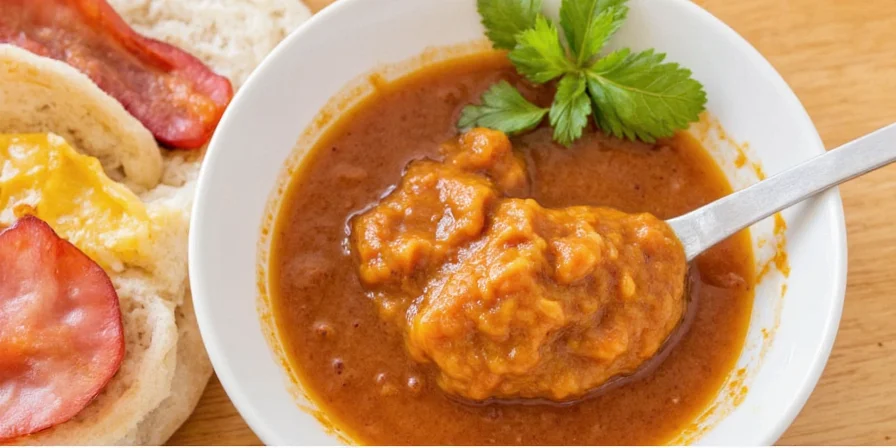
Sriracha-lime mayo brings the zing!
Recipe:
- 1/2 cup mayonnaise
- 1 tbsp sriracha
- Juice of 1 lime
- Pinch of salt
Mix everything together and refrigerate for at least 1 hour before serving.
2. Peanut Butter & Fish Sauce: A Nutty Revelation
This one sounds wild, but trust us — it works. Inspired by Thai satay sauces and West African peanut stews, this combo adds a rich depth to your banh mi that balances beautifully with pickled veggies and grilled meats.
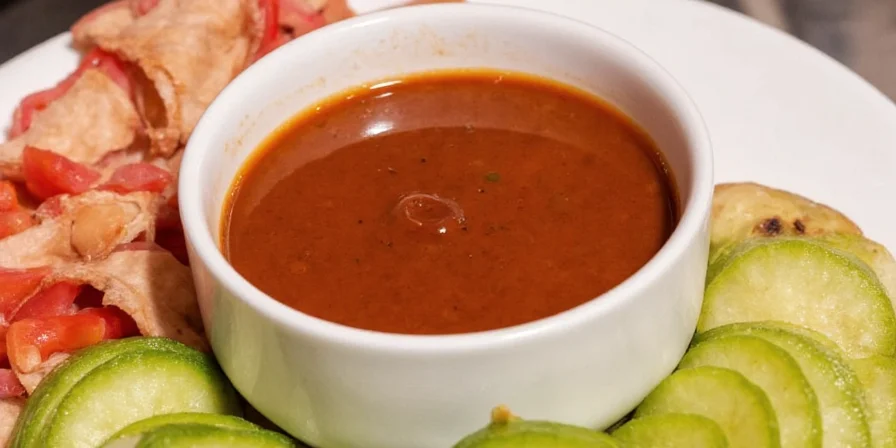
A nutty, savory explosion in every bite.
Recipe:
- 1/4 cup creamy peanut butter
- 2 tbsp fish sauce
- 1 tbsp water
- 1 tsp honey or palm sugar
- 1 clove garlic, minced
- 1 small chili, finely chopped (optional)
Whisk until smooth. Thin with a little more water if needed.
3. Miso-Honey Glaze: Umami Meets Sweetness
Miso paste gives this banh mi sauce an umami boost, while honey softens it with a touch of sweetness. It’s like the love child of Japanese miso soup and Vietnamese caramelized flavors — weirdly perfect.
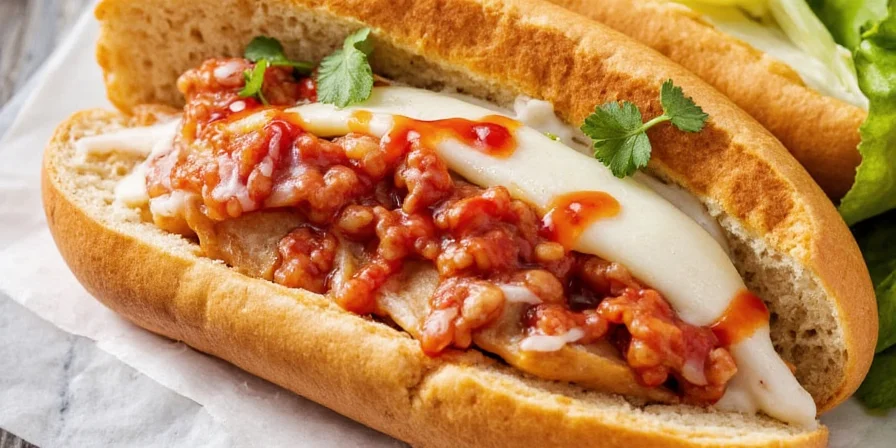
Sweet meets savory in a single swipe.
Recipe:
- 2 tbsp white miso
- 1 tbsp honey
- 1 tbsp rice vinegar
- 1 tbsp warm water
- 1 tsp sesame oil
Stir until well combined. Let sit for 10 minutes to allow the flavors to meld.
4. Tamarind-Tahini Drizzle: Tangy and Earthy
This sauce draws from Middle Eastern tahini dressings and South Asian tamarind chutneys. It's thick, tangy, and slightly earthy — a bold departure from traditional banh mi sauces, but one worth exploring.
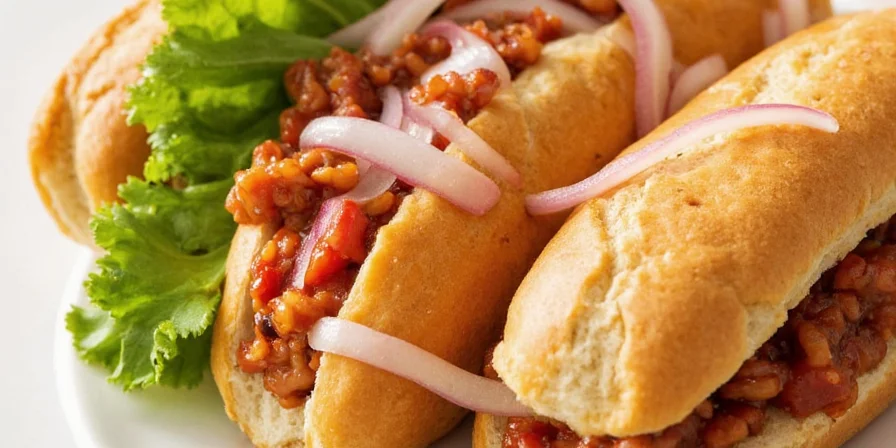
Tangy tamarind meets creamy tahini.
Recipe:
- 3 tbsp tahini
- 2 tbsp tamarind concentrate
- 2 tbsp warm water
- 1 tbsp lemon juice
- 1 tsp maple syrup or agave (to balance acidity)
Mix all ingredients thoroughly until smooth.
5. Curry-Coconut Cream: Global Fusion at Its Best
This sauce combines Thai green curry paste with creamy coconut milk for a flavor that's exotic, fragrant, and surprisingly harmonious with banh mi’s other components. Ideal for veggie versions too!
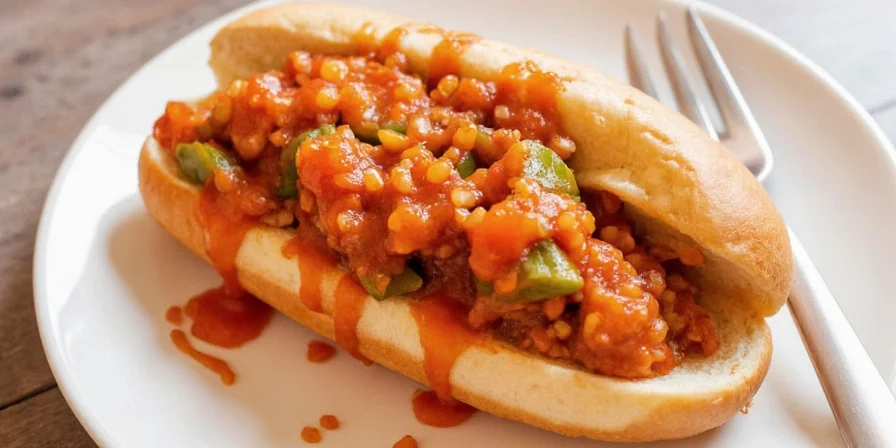
Coconut curry adds a lush, tropical flair.
Recipe:
- 1/2 cup coconut milk
- 1 tbsp green or red curry paste
- 1 tbsp lime juice
- 1 tsp brown sugar
- Pinch of salt
Blend until smooth. Chill before spreading.
Why These Sauces Work So Well
The beauty of banh mi lies in its balance — crunchy, chewy, salty, spicy, sour, and sweet. A great sauce needs to play nice with all these elements without overpowering them. Here's how each sauce achieves harmony:
| Sauce | Flavor Profile | Why It Works |
|---|---|---|
| Sriracha-Lime Mayo | Spicy, citrusy, creamy | Cuts through fatty meats, adds brightness |
| Peanut Butter & Fish Sauce | Savory, nutty, umami-rich | Complements pickles, enhances grilled flavors |
| Miso-Honey Glaze | Salty-sweet, fermented depth | Adds complexity without overwhelming |
| Tamarind-Tahini Drizzle | Earthy, tart, velvety | Contrasts freshness with richness |
| Curry-Coconut Cream | Spicy, aromatic, tropical | Enhances both meat and veggie options |
Pro Tips for Perfecting Your Banh Mi Spread
- Make ahead: Many of these sauces taste even better after resting overnight in the fridge.
- Dilute when necessary: If your sauce is too thick, add a splash of water, lime juice, or rice vinegar to thin it out without losing flavor.
- Pick your pairings: Use milder sauces like the miso-honey glaze with delicate proteins; save bold ones like curry-coconut for heartier fillings.
- Layer textures: For a restaurant-style banh mi, spread sauce generously but avoid drowning the bread — let it breathe!
- Don’t forget the heat: Even mild sauces benefit from a subtle kick — just a dash of chili oil or a pinch of cayenne can elevate the whole experience.
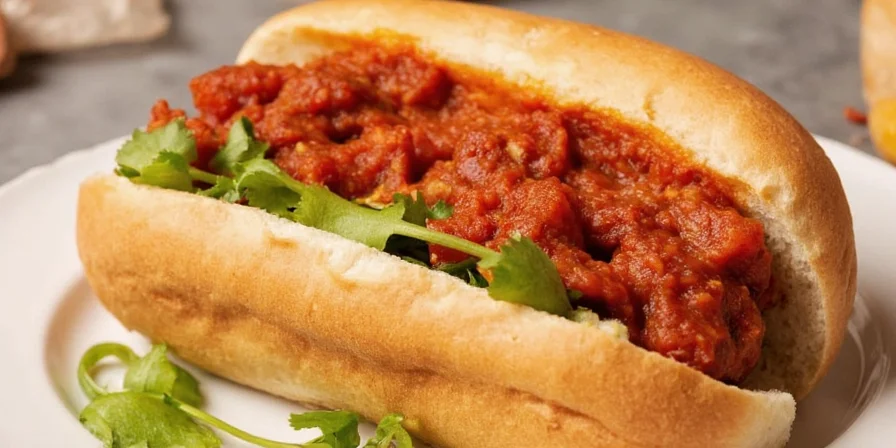
Five sauces, endless flavor adventures.
Conclusion
The banh mi sauce is no longer just a sidekick — it's the star of the show. With these creative takes rooted in global spice traditions, you’re not just making a sandwich; you're crafting a flavor journey across continents and cultures.
Whether you lean toward the zingy simplicity of sriracha-lime mayo or dive deep into the nutty mystery of peanut butter and fish sauce, there’s a new banh mi sauce waiting to transform your meal. So next time you're slicing open that crusty baguette, remember: the magic is in the spread.
Now go forth — and dare to be saucy!

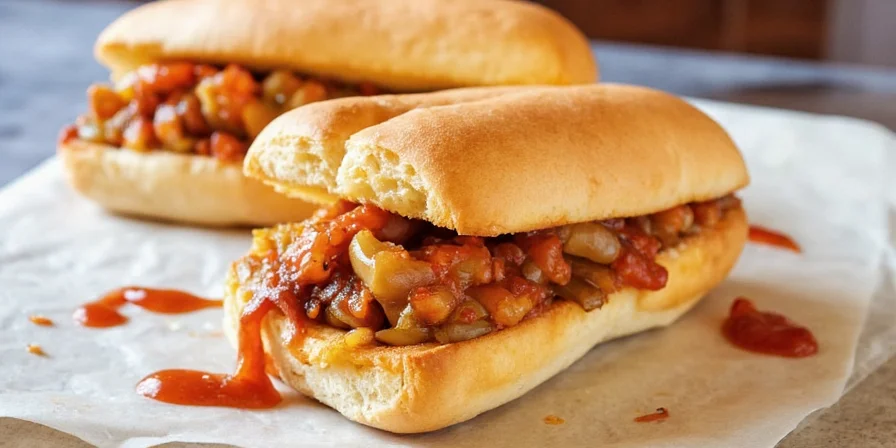









 浙公网安备
33010002000092号
浙公网安备
33010002000092号 浙B2-20120091-4
浙B2-20120091-4